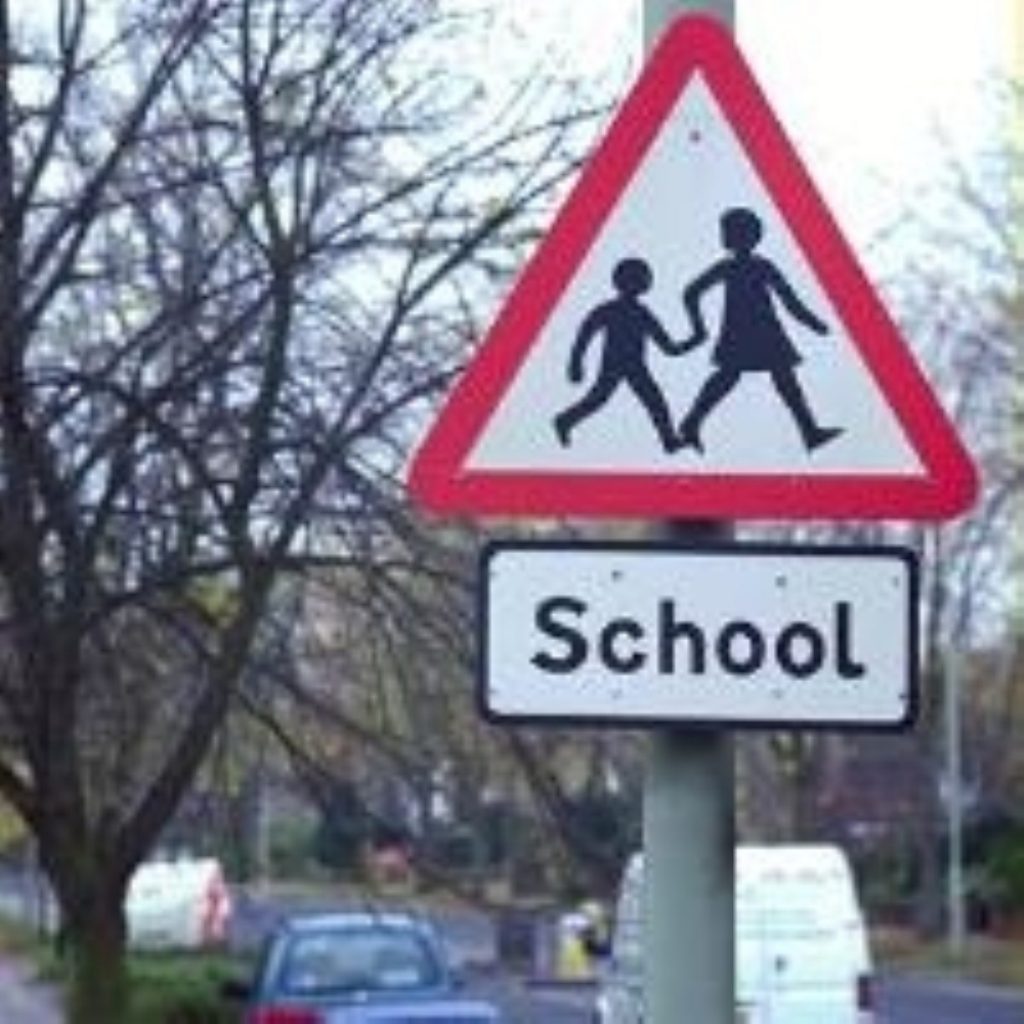Funding boost for school walk
Plans to get more children walking and cycling to school have been boosted with a grant of £10 million from the Department for Transport.
The Links to Schools programme will provide hundreds of safe walking and cycling routes to schools in a bid both to improve children’s health and cut congestion and pollution.
It is expected that more than 230 schools will directly benefit from the funding, which is being distributed across 100 local education authorities.
“Today’s announcement is a real step in the right direction to persuade more children to cycle more safely, more often,” said Transport Secretary Alastair Darling.


“We are determined to ensure that cycling and walking to school become a safe and healthy option for children and reassure parents that their children are safe when travelling to and from school.”
The funding builds on more than £20 million in annual investment for the Travelling to School initiative and aims to “provide further help to children and parents who want to come to school without their cards”.
Links to Schools will extend the National Cycle Network, bringing it closer to schools and joining them up with residential areas.
The Education Secretary Charles Clarke also confirmed that the School Transport Bill will be introduced into Parliament today. The Bill aims to shake-up school transport legislation and will contain measures aimed at curbing road congestion caused by the school run. As well as proposals to promote walking and cycling, the Bill will also open the door for local authorities to stagger the start times of schools.
However, some aspects of the Bill are likely to meet with opposition, with MPs concerned at the erosion of the principle of free school transport. The Bill would allow local authorities to start charging for school buses, strictly based on parents ability to pay.
Mr Clarke said: “Twice as many children are driven to school now in comparison with 20 years ago – around 40% of primary pupils and 20% of secondary pupils. Most of these journeys are less than 2 miles, meaning decreasing numbers of children walking or cycling with serious health implications in terms of lack of daily exercise and the growing proportion of children who are overweight.
“Our proposals would encourage local education authorities to come up with 21st century solutions to make walking, cycling and bus travel safe, green, healthy options for more schools and their pupils, while allowing authorities who are content with their current arrangements to retain them.”

